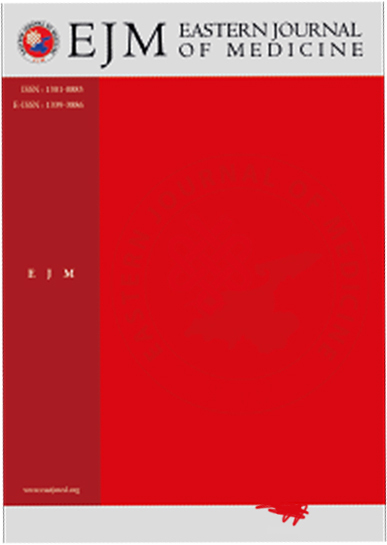Distribution of intestinal parasites in two societies with different socio-economic status in Van*
H. Yılmaz1, N. Akman2, Y. Göz312
3
Objective The purpose of this study was to evaluate the effect of socio-economic status on the distribution of intestinal parasites. Method A comparative study was applied to see the difference in the distribution of intestinal parasites. For this purpose, 268 immigrants representing low socio-economic group and 205 university residents representing high socio-economic group were included in the investigation. Stool samples were examined by native-lugol, iron-hematoxylin staining and flotation methods. Results One or more intestinal parasites in 149 (55.6%) out of 268 immigrants, and 55 (27.3%) out of 205 university residents were detected. Conclusion The finding of this study suggests that socio-economic status is an important factor on the distribution of intestinal parasites
Keywords: Intestinal parasites, socio-economic statusManuscript Language: English














